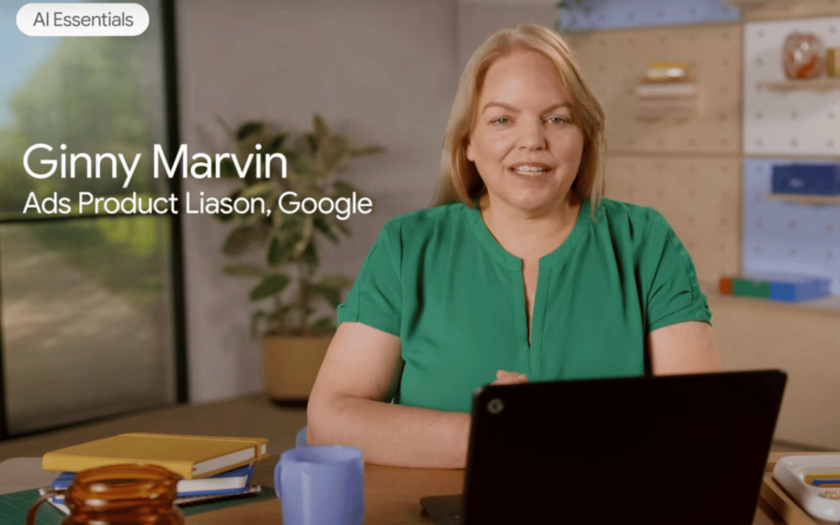Can You Assign Meaningful Values To Your Conversion Actions?
You are likely already differentiating your customers’ value in some facet, formally or informally.
You’ll need to set a concrete value to each conversion, whether through static proxy values like lead scores or dynamic economic values such as total profit. (We’ll cover proxy values more in the third article in this series.)
Do You Need To Strike A Balance Between Volume And Value Goals?
Bidding to value means your campaigns likely will not generate the same volume of conversions as they would using Maximize conversions with an optional target CPA bid strategy. This strategy is designed to return a higher total value of conversions. Bid simulators can help you to understand this tradeoff.
If you want to maintain a certain level of traffic, use the Smart Bidding bid simulator to help you gauge the optimal ROAS target that will yield your desired volume of leads while maintaining a focus on quality.
Lowering your target ROAS will increase your reach, and raising your target ROAS will decrease reach while seeking out higher value conversions.
Are You Able To Measure And Connect Your Value Data To Google Ads?
Access to accurate and comprehensive value data is a must for implementing value-based bidding effectively. To start, this means having proper site tagging to track conversions.
Feeding the right first-party data values into Google Ads is key to training the system to identify and differentiate predicted customer value for each auction.
If your value objective is sales value, for example, you’ll need to be able to measure and connect that data back to your Google Ads account. We’ll cover how to do that later in this series.
Reaping The Rewards Of Value-Based Bidding
The initial setup of value-based bidding typically requires some effort up front, but don’t let that intimidate you.
You can start with a more basic set up and adopt more sophisticated approaches that have more technical requirements, such as optimizing for margin or lifetime values for example, later if you wish.
Value-based Smart Bidding gives the system the flexibility to set each bid based on the predicted value of the conversion and target higher value conversions. Over time, it learns which users are more likely to be higher value and more profitable, then bids accordingly.
Bidding to find the most valuable customers can deliver incremental revenue uplift and profitability. Businesses that have found success with this strategy report a marked improvement in lead quality.
On average, advertisers that switch their bid strategy from a target CPA to target ROAS can see 14% more conversion value at a similar return on ad spend.1
Beyond The Basics
While we’ve covered the foundational aspects of value-based bidding, we’re just getting started.
In the upcoming articles in this series, we’ll dive deeper into this strategy, including how to identify and leverage the right data and values for your business, and how to share your value information with Google Ads.
By aligning your campaigns with the conversions that truly matter most to your business objectives, you can optimize your ad spend, maximize your return on investment, and achieve sustainable business growth.
Up next week, we’ll talk about figuring out the right data and values.
SOURCE: Google Internal Data, Global, March 2021
More resources:
Featured Image: BestForBest/Shutterstock
